Fashion Print Design: From Idea to the Final Print
R500This book guides readers through the complete process of creating fashion prints from designing prints and patterns to the final appearance of finished prints on a garment.
Showing 97–112 of 181 results
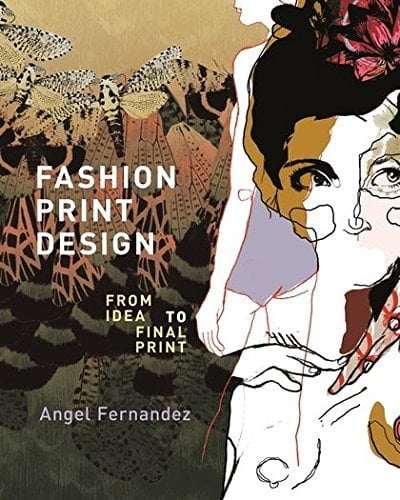
This book guides readers through the complete process of creating fashion prints from designing prints and patterns to the final appearance of finished prints on a garment.

Fighting History is the first book to engage with the story of British history painting and its survival into contemporary practice today

A ?op house, a pumping station, a maid’s room, a homeless center, a former brothel, a Richard Meier building, a circus trailer, a sail boat, a skyscraper, buildings named Esther and Loraine just a few of the places New Yorkers call home.
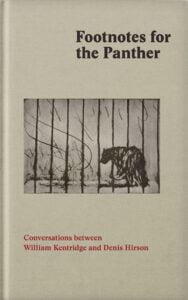 Out of stock
Out of stockIn June of 2010, William Kentridge asked Denis Hirson to join him in a public conversation at the opening of Cinq Thèmes, the artist’s retrospective exhibition at the Jeu du Paume in Paris. So fruitful was this event that the two decided to have further conversations, public and private, whenever the time and the occasion seemed right. Nine engagements followed, allowing them to explore at great length the many issues and themes arising from Kentridge’s work.
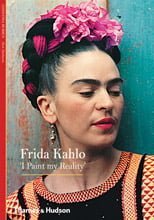
This book traces the extraordinary life of an artist whose unforgettable imagery combined cruelty and wit, honesty and insolence, pain and empowerment.

In his third book, David Levi Strauss delves into the mysterious process whereby an image or idea is born in the mind and materialized through the hand in the expression of an artwork. How exactly does this exchange take place? It’s a question so basic, an act so fundamental to art-making, that it has rarely…
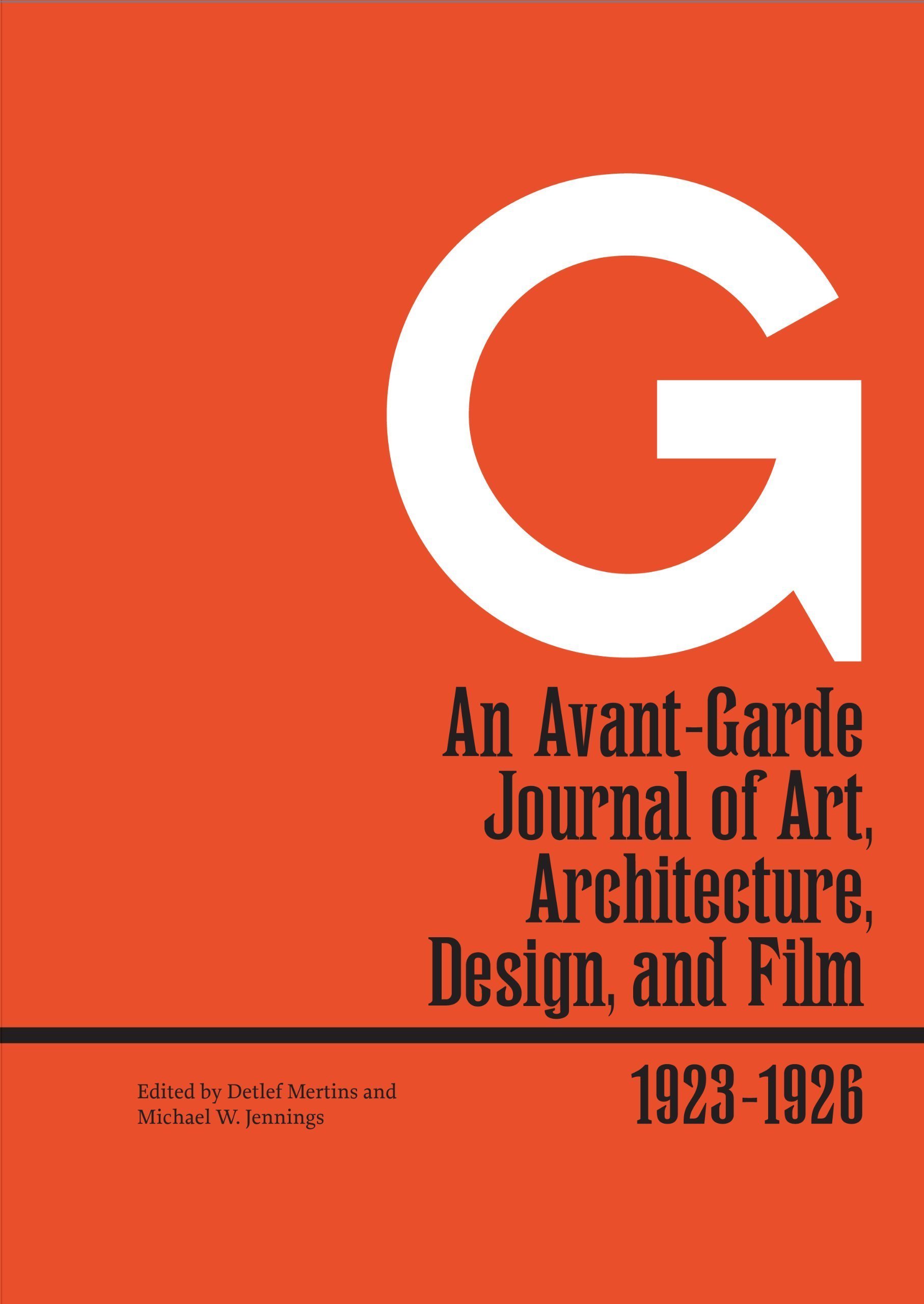
The journal “G,” launched at the suggestion of the founder of the De Stijl movement, Theo van Doesburg, and produced by the artist and filmmaker, Hans Richter, was published in Berlin between 1923 and 1926, when the city was an epicentre of the European avant-gardes. Drawing together painting, sculpture, photography, film, architecture, engineering, industrial design, poetry, fashion, and urbanism, it sought to counter conservative forces that would restrict the development of a new and vital culture.

French painter, sculptor and printmaker Paul Gauguin was born in Paris in 1848 and died in French Polynesia in 1903. The vivid, unnaturalistic colors and bold outlines of his paintings and the strong, semi-abstract quality of his woodcuts had a profound effect on the development of twentieth-century art. But while modern art largely shunned narrative, for Gauguin it remained central.

Is it a woodcut, an etching, or a lithograph? Is it an original stipple engraving or a photogravure reproduction? Is the colour printed or added by hand?
Since its first publication in 1986, this comprehensive guide has established itself as the essential reference book for print and book collectors, dealers in prints and illustrated books, art librarians, art professors and students, and everyone interested in graphic art.

Art’s impact can be both straightforward and unpredictable. It can hit us immediately or linger in the wings for a while, coming over us when we least expect it. Art can change minds or attitudes, provoke anger or shock, inspire laughter or tears.
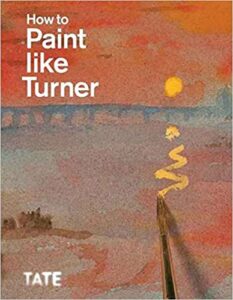 Out of stock
Out of stockBritish artist J.M.W. Turner (1775–1851) painted unforgettable watercolors and was revered for his masterly use of shifting light and dramatic cloudscapes. Now, this clear, accessible book reveals the secrets of Turner’s technique, making his magical effects possible for today’s painters.
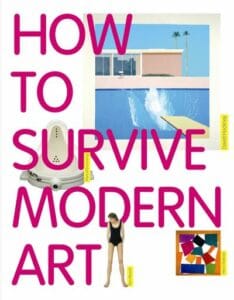
Modern art arouses many different responses: suspicion, controversy and misunderstanding are among the most frequent. But it doesn’t need to be like that. To help out, here is a clear, accessible, fully illustrated introduction to what can otherwise seem a daunting subject.
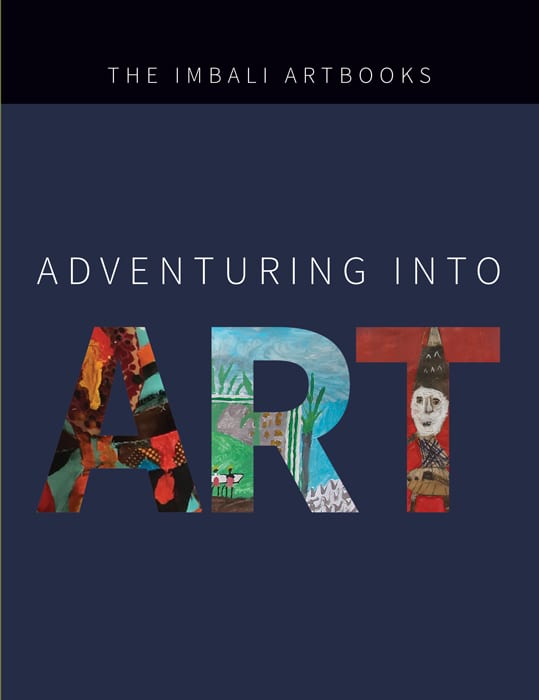
Through these books, young people will discover this world of art by looking, thinking and discussing, by making and doing, by exploring different materials, and by expressing visual ideas of their own. The Imbali Artbooks consist of a box set of eight books. The series is structured around a number of themes and each chapter raises interwoven topics, issues and ideas that are engaging and relevant to young people in the 21st century.
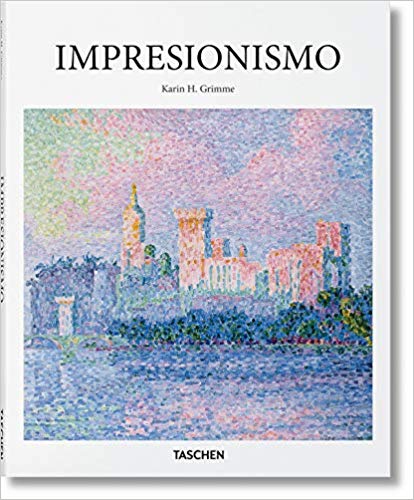
In this TASCHEN Basic Art introduction to Impressionism, we explore the artists, subjects, and techniques that first brought the easel out of the studio and shifted artistic attention from history, religion, or portraiture to the evanescent ebb and flow of modern life.

During the 1870s and 1880s, a loose group of French artists, including Pissarro, Monet, and Renoir, adopted a style of painting and subject matter that challenged the art prompted by the Academie Francaise and the Salons where “official” assumptions about the meaning of painting prevailed.
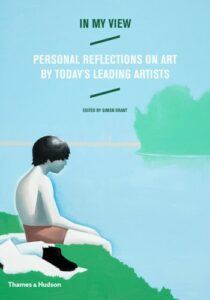
In My View is a collection of reflections by 78 contemporary artists in which each artist reveals the influence and inspiration he or she has found in a particular artwork or artist. Among the artists are John Baldessari, Daniel Buren, Chuck Close, Michael Craig-Martin, Tacita Dean, Marlene Dumas, Antony Gormley, Susan Hiller, Thomas Hirschhorn, Candida Höfer, Vik Muniz, Jorge Pardo, Raymond Pettibon, Ed Ruscha, Bill Viola and Rachel Whiteread. The stories show the profound connections that exist between artists past and present and offer an alternative look at art history from the 15th century to the 1960s, through the eyes of contemporary artists themselves. Simon Grant’s introduction identifies themes that emerge and contextualizes the history and practice of artists looking back at the work of others.
No products in the basket.